Can you place AED pads on someone who got out of a pool?
- Nov 15, 2021

Can you place AED pads on someone who got out of a pool?
If someone collapses in the water, you must remove them from the water immediately so you can begin helping to resuscitate them. If they have clothes on the clothes should be removed and the chest area should be dried off. A dry surface is needed for AED pads to be attached securely. Prior to using an AED, call 9-1-1 as soon as possible. If no AED is in the area or you are waiting for an AED to be retrieved, CPR should begin as soon as possible.
Performing CPR
After calling 9-1-1 for help, CPR should begin immediately if you do not yet have an AED. While many individuals wait for an ambulance to arrive, it can take them up to eight minutes to arrive. Brain damage can occur within five minutes of a sudden cardiac arrest (SCA) collapse so thinking and moving quickly give SCA victims the best chance of survival. CPR can keep oxygenated blood flowing, without it, a person can die within 8-10 minutes of collapse.
According to the American Heart Association, 70 percent of Americans feel helpless to act in an emergency. If you are unfamiliar with how to perform CPR, online or in-person CPR classes can be taken. You will learn how to recognize and respond to emergencies, how to treat adults, children, and infants with CPR and how to use and recognize the need for an AED.
The Importance of Using an AED
After 9-1-1 is called and CPR has started, once an AED is onsite it should be used immediately. An AED can increase the chance of survival by nearly 40 percent. Using an AED when you haven’t used one before may seem scary, but with the help of audio and/or visual cues, you can feel confident in delivering an electric shock to someone experiencing SCA.
The AED comes with pads that are to be placed on the victim’s chest, but it is important that the chest is dry. Once the pads are placed an electric shock is delivered to the victim. The shock from the AED can potentially stop the irregular heartbeat and allow the normal rhythm to resume. Some AEDs advise the rescuer when to administer the shock and others deliver the shock automatically.
If someone collapses in the water, it is important that your next steps taken are done immediately to increase the likelihood of survival. First call 9-1-1, then begin CPR, and lastly, dry the victim off before using an AED.





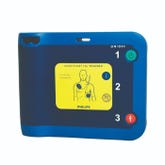
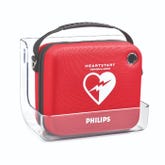
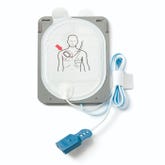
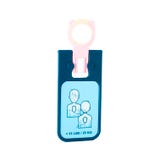
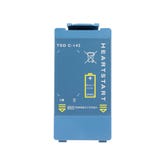
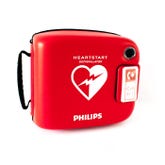
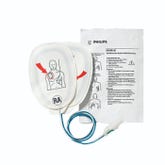
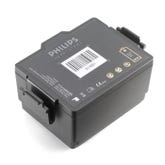
 CALL US:
CALL US: